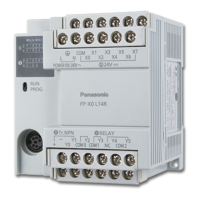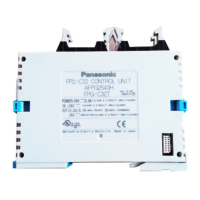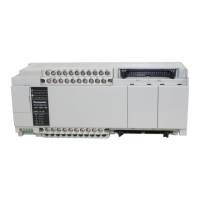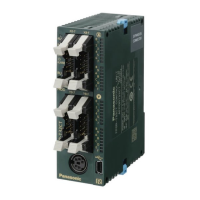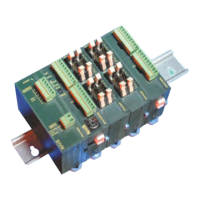Basics
29
saved. Set the holding/non-holding areas in system register 8 by entering the start address of the holding area.
The amount of data registers available depends on the PLC type (see hardware description).
1.1.6 Special Data Registers (DT)
Special data registers are like the special internal relays reserved for special functions and are in most cases
set/reset by the PLC.
The register has a width of 16 bits (data type = WORD). The amount of special data registers available depends
on the PLC type (see hardware description).
Most special data registers can only be read. Here some exceptions:
interrupts and scan time (DT9027, DT9023-DT9024; FP0 T32P DT90027, DT90023 to DT90024)...
actual values of the high-speed counter (DT9044 and DT9045; for FP0-T32CP DT90044 and
DT90045)
control flag of the high-speed counter DT9052 (DT90053 for FP0-T32CP)
real-time clock (FP2, FP2SH: DT90054 to DT90058; FP0-T32CP: DT90054 to DT90058)
See also:
Data Transfer to and from Special Data Registers (see page 859)
1.1.7 File Registers (FL)
Some PLC types (see hardware description) provide additional data registers which can be used to increase the
number of data registers. File registers are used in the same way as data registers. Set the holding/non-holding
area in system register 9. Holding means that even after a power failure all data will be saved.
1.1.8 Link Relays and Registers (L/LD)
Link relays have a width of 1 bit (BOOL). In system registers 10-13 and 40-55, set the:
transmission area
amount of link relay words to be sent
holding/non-holding area
Link registers have a width of 16 bits (WORD). In system registers 10-13 and 40-55, set the:
transmission area
amount of link relay words to be sent
holding/non-holding area
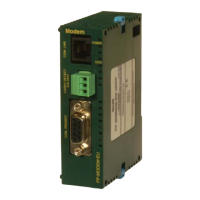
